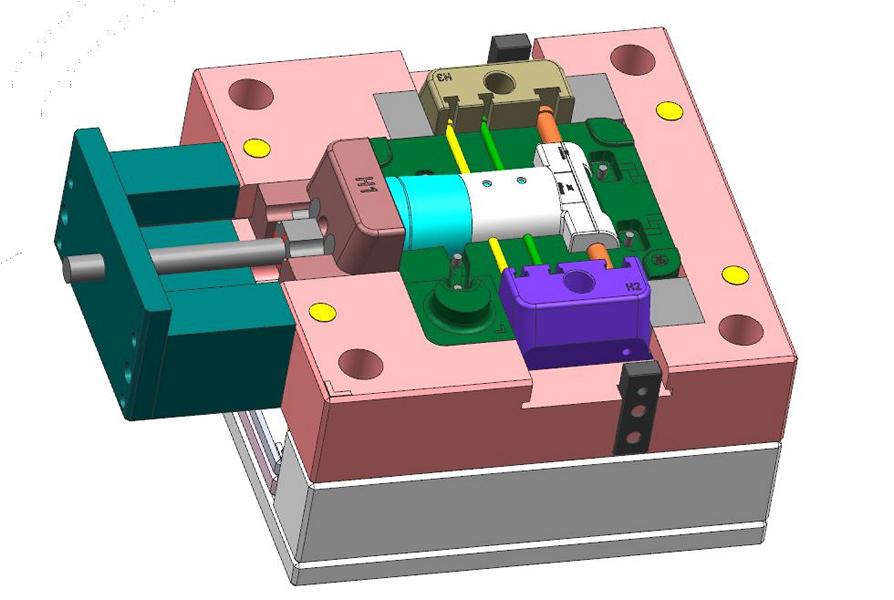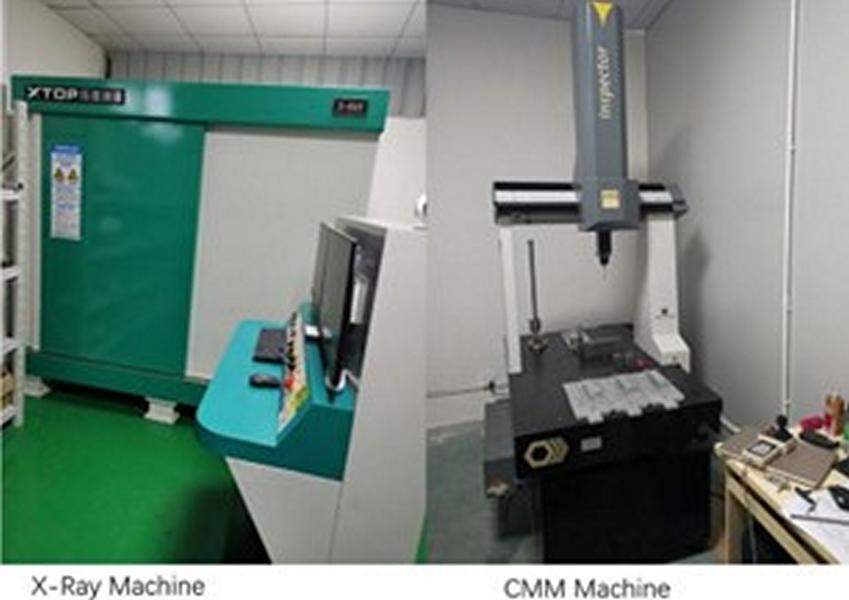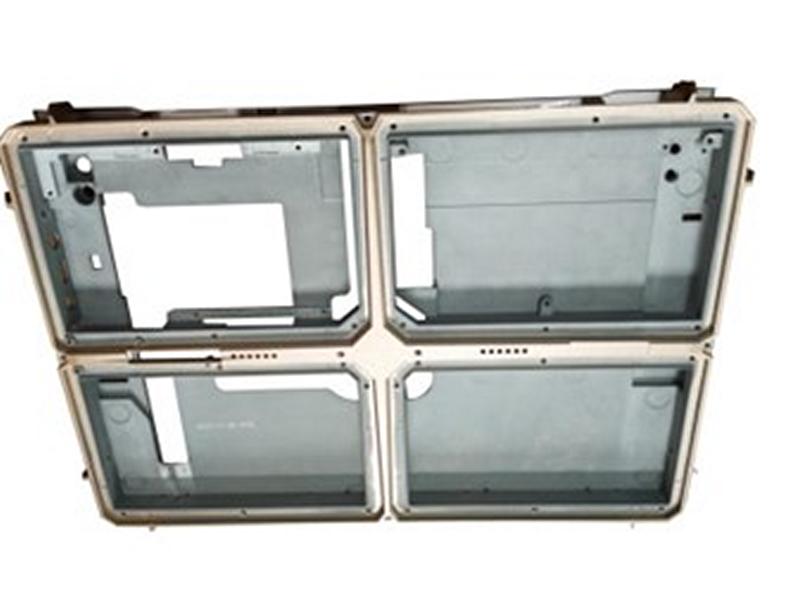Are you on the cross as to whether you should use titanium or aluminum alloy for your project? Don’t worry; it is not a unique occurrence to you because many engineers and designers are in the same boat. These metals are quite similar and used interchangeably but also distinct in their characteristics, and knowing how those characteristics can affect performance, expense, and adaptability is critical. The inability to make the right decision may result in time wastage and additional expenses on the project.
The major areas of disparity between titanium and aluminum include strength-to-weight ratios, corrosion, and thermal characteristics. Titanium is more resistant to corrosion and is stronger than aluminum most of the time, thus making it perfect for use in hard working environments or areas that require its strength while aluminum is lighter, cheaper, and perfectly fit for normal use. Finally, the decision comes to certain parameters like weight and conditions in which the equipment will be used.
As you now have a general understanding of how titanium and aluminum differ let us look at the individual characteristics and uses for each metal. By looking at these factors, you’ll be able to make a better decision that fits your project. So, read on to find out which material will fit you best.
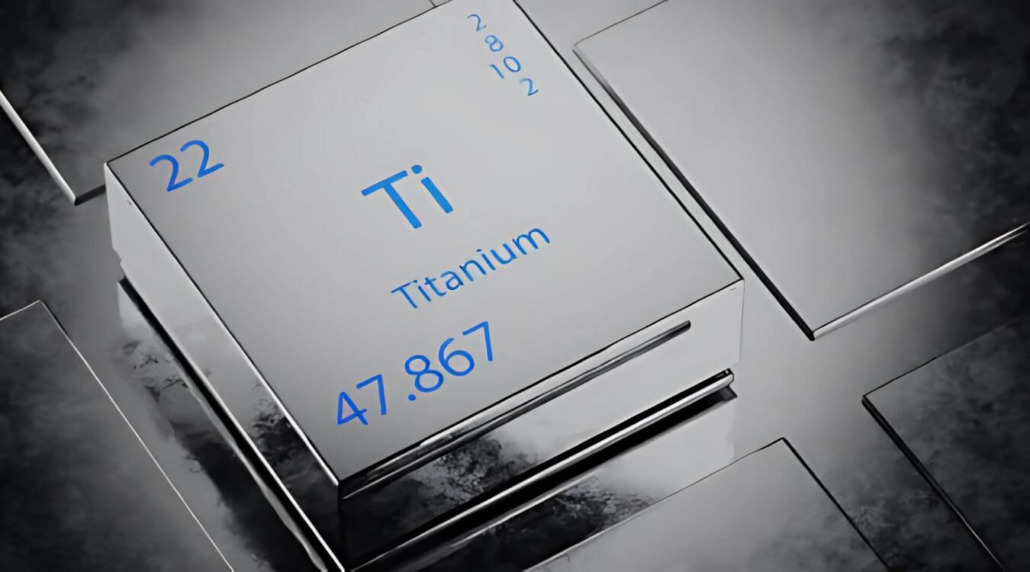
Titanium vs Aluminum: Comparing Their Properties
Such a comparison could be incomplete if the various properties of each material affect their performance as different applications are not taken into consideration. Titanium also has a higher strength-to-weight ratio than steel, so not only is it strong, it is light. It also has excellent corrosion resistance, especially in severe conditions it is used for aerospace, medical implants, and marine. In contrast, aluminum itself to a lightweight material, easy to machine, and relatively cheaper than copper. This is used in automotive applications, construction, and consumer products because of its versatility and ease of fabrication.
Mechanical Properties
Perhaps the most important of these is the mechanical properties comparison between titanium and aluminum. TiAl has an ultimate tensile strength of approximately 434 MPa to 1400 MPa based on the type of alloying used in its production whereas aluminum has an ultimate tensile strength of about 90MPa to 700 MPa. This tells you that titanium can take much stress before it fails, therefore it should ideally be used where high strength is needed. Concerning the elongation, titanium is less ductile than aluminum which makes it easier for the aluminum to deform without fracture hence more freedom in design.
Weight Considerations
Another important consideration in choosing between these metals is weight. Aluminum is much lighter than titanium, with a density of 2.7 g/cm³ in comparison with 4.5 g/cm³ for titanium. This lower density makes aluminum widely used in industries where weight has to be cut down for example in the manufacture of aircraft and cars. However, high strength requirements together with weight savings give titanium the better of it even if it is heavier than the other materials.
Corrosion Resistance
They both have fairly good corrosion resistance characteristics, although the resistance is in different media. It stated that titanium corrosion resistance is excellent in severe service environments, especially when it is exposed to chlorine or salt water, and having a dense oxide layer on the material surface Prevents further corrosion. Aluminum also forms an oxide layer, but it is vulnerable to pitting attack in some specific conditions; for example, it reacts with seawater or hot alkali. Therefore, titanium finds its application in marine and chemical processing industries.
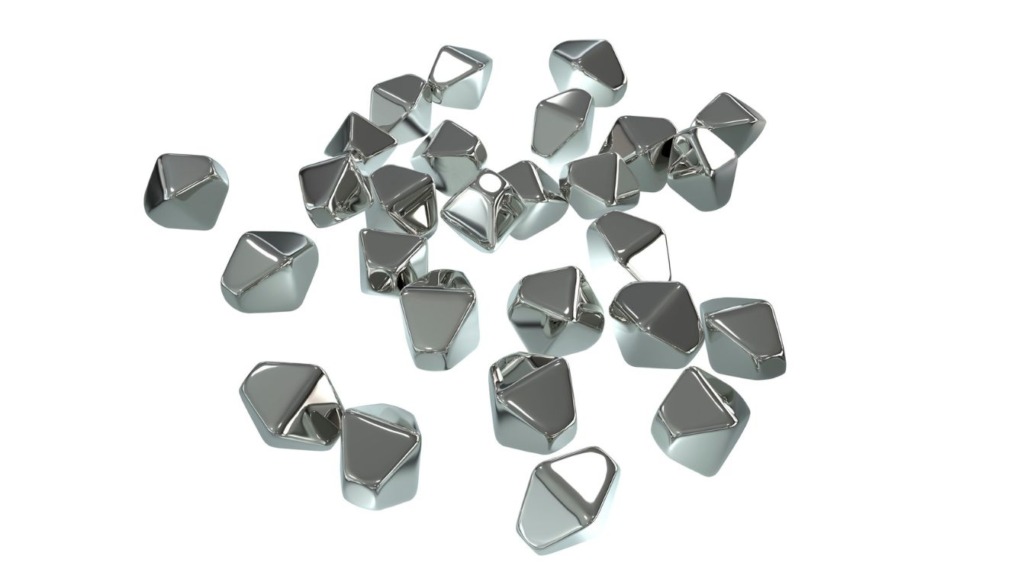
Thermal Conductivity and Conductivity
The thermal coefficient should also be taken into account when selecting titanium aluminum alloy. Specifically, the thermal conductivity of aluminum is listed at about 205 W/mK, whereas that of titanium is about 21.9 W/mK. This makes aluminum more conductive of heat in applications such as heat exchangers and cooling systems. Having lower heat conductivity though is also beneficial in places where heat is not required such as in spaces used for the construction of aircraft among others.
Cost and Availability
Cost is one of the most important considerations when choosing the material to use in construction. Aluminum under most conditions is likely to be more available and cheaper than titanium and hence can be more suitable for several uses. Aluminum manufacturing processes are also very well defined and often the overall process is less complex and therefore cheaper. On the other hand, extraction and processing of titanium are expensive and difficult, thus its application is restricted to areas where its properties offer great value.
Summary of Applications
Therefore, there is a direct comparison between Titanium and Aluminum and it depends on the nature of the project that has to be done. Titanium has been considered in aerospace, biomedical, and marine industries where high strength and superior corrosion resistance properties are critical. Aluminum is extensively used in automobile, construction, and other consumer goods industries because of its lightweight, low cost, and ease of workability. Knowledge of these properties can assist engineers and designers in making correct decisions by the objectives of the particular project.
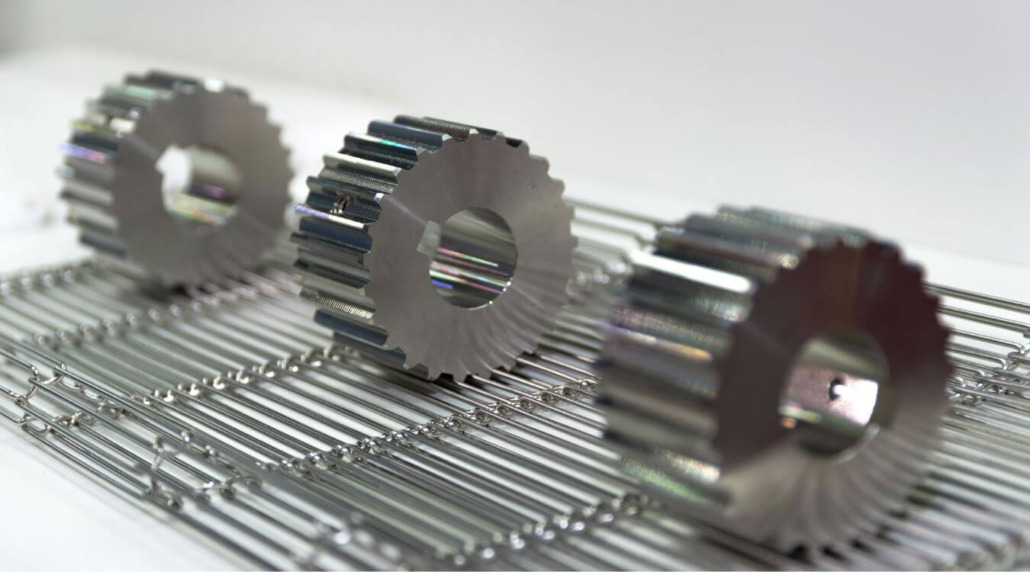
Here are properties chart comparing titanium and aluminum, followed by a technical brief summarizing the key differences.
| Property | Titanium | Aluminum |
| Density | 4.5 g/cm³ | 2.7 g/cm³ |
| Tensile Strength | 434 – 1,400 MPa | 90 – 700 MPa |
| Yield Strength | 880 – 1,200 MPa | 40 – 550 MPa |
| Elongation | 10 – 30% (varies by alloy) | 12 – 25% (varies by alloy) |
| Corrosion Resistance | Excellent (especially in saline and harsh environments) | Good (but susceptible to pitting) |
| Thermal Conductivity | 21.9 W/mK | 205 W/mK |
| Electrical Conductivity | 2.0 x 10^6 S/m | 3.5 x 10^7 S/m |
| Melting Point | 1,668 °C | 660 °C |
| Modulus of Elasticity | 110 – 120 GPa | 70 – 80 GPa |
| Cost | High (more expensive to extract and process) | Lower (abundant and cost-effective) |
| Machinability | Difficult (requires specialized tools) | Good (easier to machine and fabricate) |
| Applications | Aerospace, medical implants, marine, automotive | Automotive, construction, consumer goods |
Introduction to Aluminum
Aluminum is light in weight, strong, and malleable. It’s the third most abundant metal on the earth’s crust, mainly obtained from bauxite. Aluminum is a silver-colored metal that is appreciated in aerospace, automotive, construction, and packaging industries among others. It has some properties like high corrosion resistance and good thermal and electrical conductivity that make it vital for many uses. Further, aluminum is 100% recyclable, therefore making it environmentally friendly to those manufacturers and consumers who prefer it.
The die casting moulds are one of the technology to manufacture aluminum alloys, such as ADC 12, A380, etc, of course there are other manufacturing technology that could make aluminum material, those include sand casting, extrusion molding, gravity casting, machining, etc.
Applications of Aluminum
- Aerospace Industry: Aluminum has a large application in the aerospace industry in the form of fuselage frames, wings, and landing gears. Because of its lightweight and high strength, it can be used to improve the efficiency of burning fuel and the general performance of the aircraft.
- Automotive Manufacturing: In the automotive industry, aluminum is applied to create engine blocks, bodies, wheels, and structures of vehicles. These properties make the car lighter hence giving better mileage and less pollution.
- Construction and Architecture: Aluminum is widely used in the fabrication of windows, doors, roofs, and walls through the use of frames and sidings. Due to its durability, it does not corrode easily, and it is easy to maintain hence it is appropriate for use in homes and other buildings.
- Packaging Solutions: Packing is another major application of aluminum, which is used in beer bottles, food tins, and aluminum foils. These properties make it an excellent material for the protection of the contents, it is light and can be recycled.
- Electronics & Electrical applications: Aluminum is applied in heat sinks, housing, and connectors. Because of its good electrical conductivity, it is used in wiring and other electronic parts.
- Consumer Goods: In consumer goods aluminum is widely used in kitchen utensils and furniture due to its modern look and strength. It is most commonly used in articles such as cookware, bicycles, and sports equipment.
- Marine Applications: The corrosion resistance of aluminum makes it suitable for use in the manufacture of boat hulls, marine structures, and other parts that are likely to come into contact with seawater.
- Industrial Equipment: In industrial applications, aluminum finds application in machinery parts, frames, and tooling since it is strong for its size and therefore reduces fatigue.
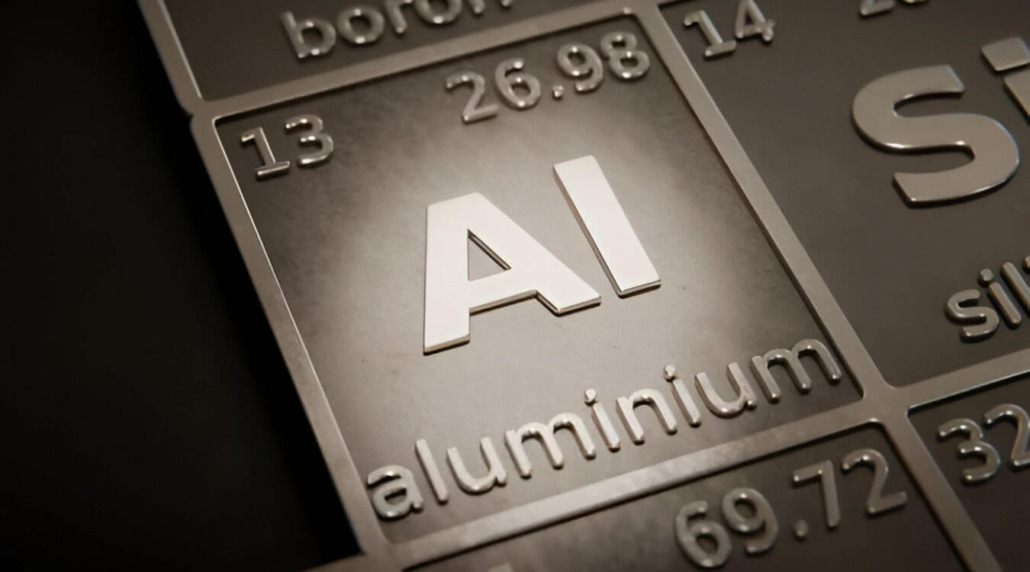
Machining Options for Aluminium
- CNC Machining: CNC machining is a familiar technique used in the production of aluminum parts. It can be used to cut, drill, and mill shapes and sizes that are too intricate for other conventional methods.
- Milling: Milling is a process, which uses rotating cutting tools to eliminate material from the workpiece. It is relatively easy to work with end mills and face mills hence suitable for carving designs.
- Turning: In turning operations the aluminum workpieces are rotated and by using cutting tools material is removed to produce cylindrical forms. This method is particularly suitable for the manufacture of shafts, rods, and fittings.
- Extrusion: Aluminum extrusion is a process of producing long lengths of profiles using aluminum through a die, including bars, tubes, and channels at high temperatures. It also enables a consistent cross-sectional shape of the structural members.
- Die Casting: Die casting is a process of making complex aluminum parts through the forcing of molten metal into a mold. This technique is most applicable in high production volumes where the design is complicated.
- Laser Cutting: Laser cutting gives clean and accurate cuts to aluminum sheets and parts. This technique is particularly suitable for intricate shapes and designs and, therefore, ideal for use in ornamental and practical design.
- Waterjet Cutting: Waterjet cutting is the use of high-pressure water that is mixed with abrasives to cut aluminum. This method is well suited for thick materials and no heat-affected zones are created by this process.
- Bending and Forming: Aluminum can be formed by using several techniques such as brake forming and roll forming because it is relatively easy to manipulate. These processes are applied in the production of structural parts and shells.
Introduction to Titanium
Titanium is a strong, yet light metal that is characterized by its high corrosion resistance and usually high durability. Titanium is the ninth most abundant component in the Earth’s crust and is obtained from ore like rutile or ilmenite. Being ~1.45 times lighter than steel and also being as strong as steel, titanium is suitable for all high-performance applications. Its ability to withstand corrosive conditions, that is, the ability to work effectively in marine, chemical, and high and low temperatures also makes it suitable for aerospace, medical, and marine applications. Moreover, titanium is biocompatible which makes it useful for use in medical implants and devices. The beneficial characteristics of Titanium are extensively important in the development of technology and innovations within several domains.
Applications of Titanium
- Aerospace Industry: Titanium is widely applied in aerospace industries because of its high strength-to-weight ratio and high-temperature stability. This is used in parts that include frames, engines, and landing gear to enhance fuel efficiency and performance.
- Medical Devices: Titanium is highly biocompatible and thus used in certain medical implants and medical-related products which include orthopedic implants, dental implants, fixtures, and cutting instruments among others. It is resistant to corrosion and can easily blend with bone hence making these products durable and efficient.
- Marine Applications: In essence, titanium has excellent corrosion characteristics for seawater applications. The material is applied to such parts as hulls of ships, propellers, and other underwater parts where the presence of a highly resistant material is required.
- Chemical Processing: In the chemical industry, the use of titanium is highly resistant to chemical and high-temperature uses. It is applied in heat exchangers, reactors, and pipes, which enables it to provide long-lasting services, especially in corrosive conditions.
- Energy Sector: Some of the specific energy-related applications of titanium are offshore oil platforms and Gas and Oil power plants. High strength and excellent corrosion resistance make it suitable for use in parts that are exposed to hostile environments.
- Automotive Industry: Titanium is used in high-performance vehicles for exhaust systems, and internal combustion engine parts, as well as lightweight structural members. Its strength is that it also lowers the weight of the vehicle while enhancing performance, which leads to fuel economy.
- Sports Equipment: The major application of titanium is in sporting equipment like bike frames, golf clubs, and tennis rackets where lightness is important and strength is a must for long life.
- Consumer Products: The use of titanium in consumer products is quite common since it provides strength, lightness, and a luxurious appearance to watches, jewelry, and tools.
Machining Options for Titanium
- CNC Machining: CNC machining is a popular technique for fabricating complex and accurate titanium parts. This process enables fine-detail work and close-dimensional control and is used widely for fine-detailed work required in aerospace and medical applications.
- Milling: It was found that milling of titanium can be done using appropriate tools and strategies. High-speed milling is used to reduce the material removal rate while preserving the integrity of the surface.
- Turning: Turning operations are widely employed to manufacture cylindrical titanium parts. In this technique, the titanium workpiece is held stationary while the cutting tool is used to remove material to form shafts, tubes, and fittings while the workpiece is rotated.
- Waterjet Cutting: A waterjet cutting method provides efficient cutting of titanium without heat which may alter the properties of the material. This technique is most applicable to complex shapes and thick materials.
- EDM spark erosion machining: EDM stands for Electrical Discharge Machining which is used for completing shapes in titanium. It is a non-conventional machining process applicable to hard materials with a high level of accuracy in complex shapes.
- Laser Cutting: Titanium can be laser cut for sheets and parts and the process yields exceptionally clean edges. This method is most suitable for fine work and work in thin materials.
- Forming and Bending: Titanium can also be forged and bent by employing processes such as roll forming and press braking. These processes enable the generation of structural members and enclosures with the material’s properties retained.
- 3D Printing (Additive Manufacturing): Titanium is more commonly used in additive manufacturing (3D printing) because of its benefits and the freedom of its designs. This technology can be used to create prototypes and build products that have a low density.
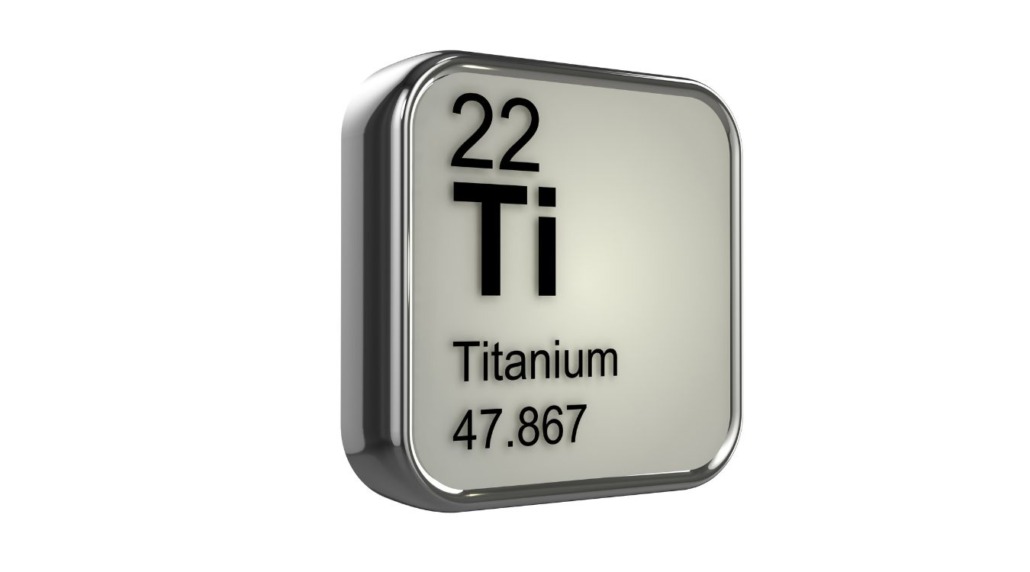
Titanium Vs. Aluminum: Benefits & Drawbacks
When selecting materials for engineering applications, it’s essential to weigh the advantages and disadvantages of titanium and aluminum alloy. Each metal has unique properties that make it suitable for different scenarios. The following table presents a logical breakdown of the key pros and cons of each material.
| Property | Aluminum | Titanium |
| Weight | Pros: Lightweight (density ~2.7 g/cm³), making it ideal for applications requiring weight reduction. | Pros: Lighter than steel (density ~4.5 g/cm³), offering a good balance of strength and weight for demanding applications. |
| Strength | Cons: Generally lower tensile strength (90-700 MPa) compared to titanium, which may limit its use in high-stress applications. | Pros: High tensile strength (434-1,400 MPa), providing exceptional performance under load and in high-temperature environments. |
| Corrosion Resistance | Cons: Moderate resistance; susceptible to pitting in harsh environments. | Pros: Excellent resistance to corrosion, especially in marine and chemical environments, due to a protective oxide layer. |
| Cost | Pros: Generally more economical; widely available and less expensive to produce. | Cons: Higher cost due to complex extraction and processing methods, making it less accessible for some applications. |
| Machinability | Pros: Easy to machine with standard tools, making it suitable for high-volume production. | Cons: More difficult to machine; requires specialized tools and techniques, which can increase manufacturing time and costs. |
| Thermal Conductivity | Pros: High thermal conductivity (205 W/mK), ideal for heat dissipation applications. | Cons: Lower thermal conductivity (21.9 W/mK), limiting its effectiveness in applications requiring efficient heat transfer. |
| Electrical Conductivity | Pros: Excellent electrical conductor (3.5 x 10^7 S/m), suitable for electrical applications. | Cons: Lower electrical conductivity (2.0 x 10^6 S/m), making it less suitable for electrical applications. |
| Recyclability | Pros: Highly recyclable, retaining its properties after recycling, contributing to sustainability. | Pros: Also recyclable, though less commonly processed due to higher costs associated with titanium recycling. |
| Applications | Pros: Versatile; used in automotive, aerospace, construction, and packaging due to favorable properties. | Pros: Specialized applications; critical in aerospace, medical, and high-performance sectors where strength and durability are essential. |
| Heat Resistance | Cons: Lower melting point (~660 °C); can deform at elevated temperatures, limiting high-heat applications. | Pros: High melting point (~1,668 °C); performs exceptionally well in extreme thermal conditions. |
How To Choose Between Titanium vs. Aluminum?
To assess the suitability of the two metals i.e. titanium or aluminum for an intended use then several technical factors as indicated below should be given due consideration. Titanium has a high strength-to-weight ratio, excellent corrosion resistance, especially in severe conditions, and is used in high-performance parts; however, it is relatively expensive with an average price between $10 and $30 per pound.
Aluminum, on the other hand, costs between $1.4 and $2 per pound, has good machinability and thermal conductivity and is ideal for production at large and in areas where weight is a major concern. One should also include costs of processing because titanium needs time and money to be machined while aluminum can be fabricated faster and cheaper. In the long run, it will be possible to make a proper assessment of these factors, especially the costs, as well as the requirements of the application, by which the proper choice of the material will be made.
Therer are lots of China die casting companies that make aluminum die casting parts and sell to the worldwide, so normally aluminum will be more popular in most of industries, of course some of industries must use titanium matreial.
Conclusion
In conclusion, the determination of which of the two metals to use when developing your civil engineering project depends on the specifications of your project. However, due to its higher costs as compared with other metals and difficult to machined properties titanium is finding its use in aviation and medical purposes because of its super strength, corrosion, and wear resistance. Whereas, aluminum is popular in its lightweight, easy-to-process, and relatively cheap material that can address almost any industry such as automotive and construction. Finally, the knowledge of the strengths and weaknesses, and the cost of each material type will enable the engineers and designers to come up with the best decision depending on the project objectives and operations.
Technical FAQs
Q1. What are the main disparities in strength between titanium and aluminum?
Titanium has a tensile strength between 434 to 1400 MPa while aluminum has a tensile strength of between 90 to 700 MPa therefore titanium is better for high stress.
Q2. Which material, titanium vs aluminum, has better corrosion resistance properties?
Titanium is more useful in corrosive conditions as it creates an oxide layer, and aluminum has only moderate corrosion and may pit under some circumstances.
Q3. How does weight play a role in the decision between aluminum and titanium alloy?
Aluminum is much lighter (density ~2.7 g/cm³), which makes it preferable to use in weight-sensitive applications, whereas the density of titanium is ~4.5 g/cm³ gives it higher strength, and thus its weight can be explained by high-performance certain applications.
Q4. How do machining costs Influence titanium aluminum alloy?
Aluminum is easier to machine and cheaper than titanium, which needs specific instruments and processes, thus, the high cost of labor and processing.
Q5. What industry is each metal mainly utilized in? Titanium is widely used in aerospace, medical sectors, automobiles, etc., and Aluminum is used in automobile industries, construction, packaging, and other industrial sectors due to its cheap rate and uses.



